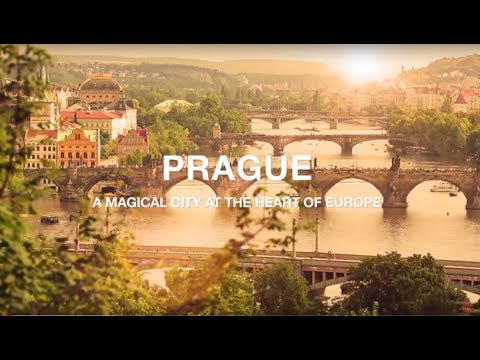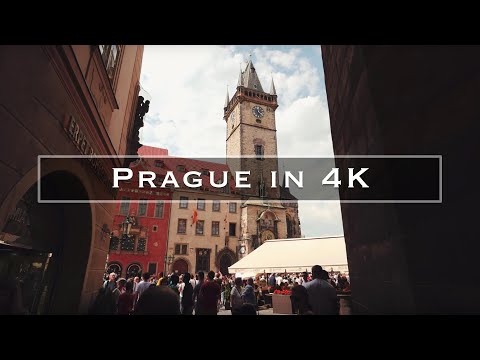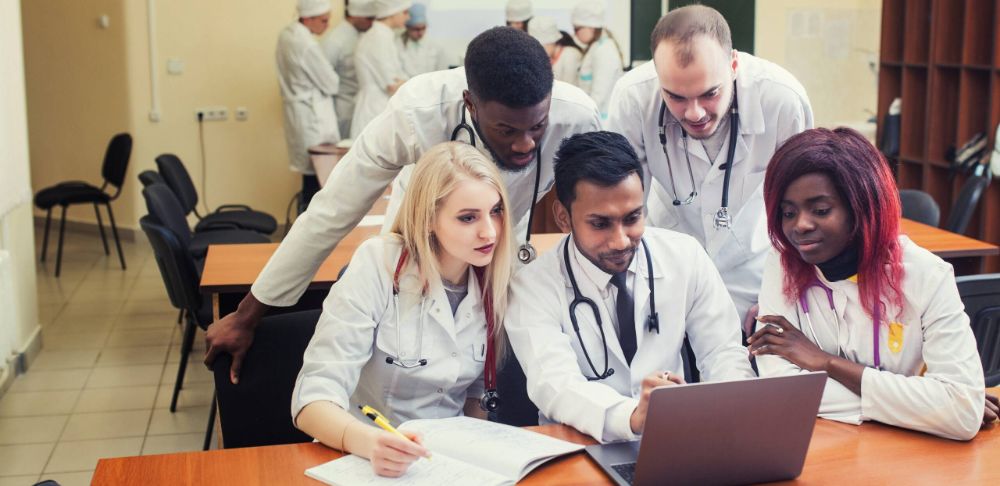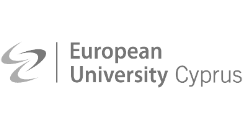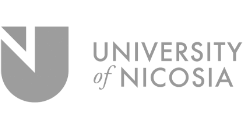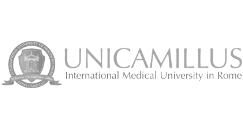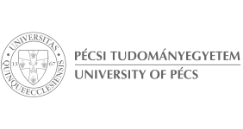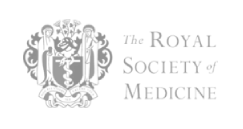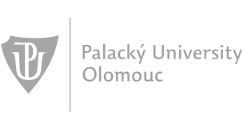Medical Universities in Czech Republic
Study Medicine at the University of Split
Charles University Prague (1st Faculty)
Whilst the first faculty of medicine at Charles University in Prague has the legacy of being the oldest medical faculty in central Europe, it is a truly modern institution that embraces change and innovation. The first faculty of medicine at Charles University in Prague is home to 1,200 staff members and 3,400 students respectively. The faculty believes ‘science is the future for all of us’ and aims to educate medical professionals of the future to the highest standard.
The six year medical degree is taught in English with the first three years focusing on pre-clinical study followed by three years of clinical training. General medicine is their largest field of study and accepts 150 students on to their English taught medical programmes each year. The faculty works closely with hospitals in Prague including the General University Hospital, Thomayer Teaching Hospital and University Hospital in Motol.
The historical capital of Bohemia, Prague is Czech Republic’s capital city and has been the home to many holy Roman emperors. Known as the ‘city of a thousand spires’, Prague boasts gothic, baroque architecture. The old town’s historic centre is home to the 15th century astronomical clock. Amongst its charms lie the town hall, church of st nicholas and charles bridge. There are many attractions to visit in Prague including the castle, St Vitus cathedral, a cruise on the Vltava river. Prague is considered one of the best cities for nightlife and of course as the number one beer drinking nation in the world, you can expect excellence on this front too.
Charles University Prague (2nd Faculty)
Part of Charles University which was established in 1348. Leading paediatric doctors established the faculty of children’s medicine here until 1990, when it became known as the second faculty of medicine. The campus is based as Motol University Hospital which is the largest university hospital in the Czech Republic, where teaching takes place. Working in an environment where there are 3,000 medical staff, including 800 doctors allows students to truly immerse themselves in their profession as a future doctor.
The second faculty offers six year medical degrees taught in English. Currently they have 248 students enrolled on these courses and accept around 90 international students each year. Areas of study include Human Genetics, Oncology, Pediatrics, Hematology, Gynecology, Cardiology, Neurology, Stomatology and Pediatric Cardiology. The courses include a combination of pre-clinical and clinical training.
The historical capital of Bohemia, Prague is Czech Republic’s capital city and has been the home to many holy Roman emperors. Known as the ‘city of a thousand spires’, Prague boasts gothic, baroque architecture. The old town’s historic centre is home to the 15th century astronomical clock. Amongst its charms lie the town hall, church of st nicholas and charles bridge. There are many attractions to visit in Prague including the castle, St Vitus cathedral, a cruise on the Vltava river. Prague is considered one of the best cities for nightlife and of course as the number one beer drinking nation in the world, you can expect excellence on this front too.
Charles University Prague (3rd Faculty)
Prior to becoming the third faculty of medicine affiliated with the oldest university in central Europe, Charles University, the campus operated as the Vinohrady health care campus and educated medical students accordingly. In 1990 the third faculty of medicine was established. Assoc. Prof. Cyril Höschl, MD, was the first Dean of the Faculty elected in the free elections after the revolution in 1989. The 3rd Faculty of Medicine was a party in awarding a honorary doctorate to one of the discoverers of DNA, Nobel Prize winner, Prof. James Watson.
In 2012, the Faculty was named to the top 20 research institutions list, published by the Czech Government’s Research, Development and Innovation Council. Medical degrees take place over six years and are taught in English. The degree is divided into three cycles. The first cycle includes fundamental knowledge such as anatomy, cell biology and genetics. The second cycle includes theoretical foundations of clinical medicine and the third cycle includes clinical preparation including surgery, paediatrics and preventive medicine.
The historical capital of Bohemia, Prague is Czech Republic’s capital city and has been the home to many holy Roman emperors. Known as the ‘city of a thousand spires’, Prague boasts gothic, baroque architecture. The old town’s historic centre is home to the 15th century astronomical clock. Amongst its charms lie the town hall, church of st nicholas and charles bridge. There are many attractions to visit in Prague including the castle, St Vitus cathedral and a cruise on the Vltava river. Prague is considered one of the best cities for nightlife and of course as the number one beer drinking nation in the world, you can expect excellence on this front too.

